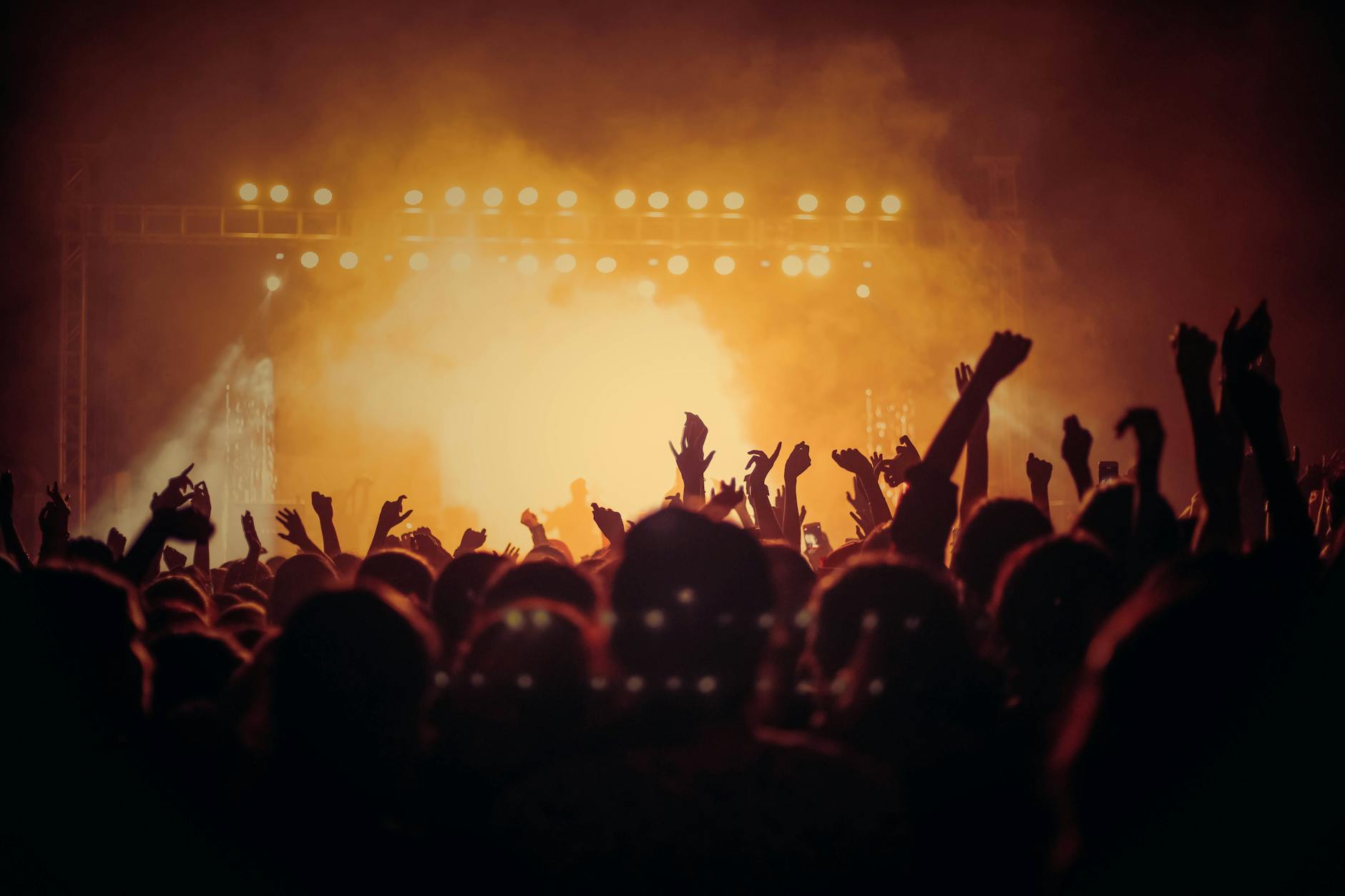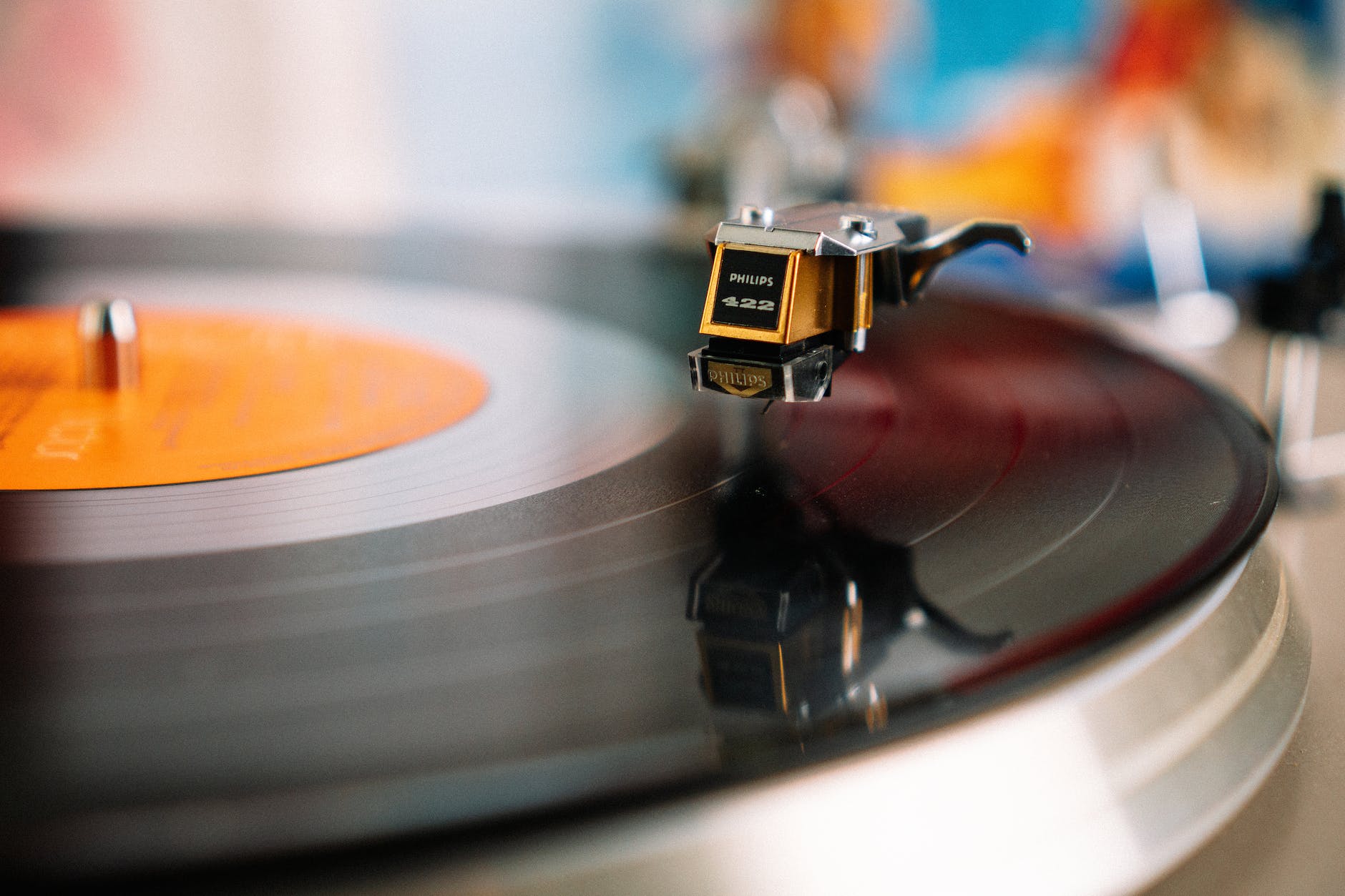In the vast realms of music and visual arts, one factor has consistently influenced artists in alluring and peculiar ways: the use of psychedelics. From wild trippy visuals and stimulating soundscapes at music festivals to the sonic landscapes of electronic music, the influence of psychedelic experiences brims across every edge of these expressions.
Psychedelics and its entwinement with creativity can be traced back to indigenous cultures, where sacred plants and shamanistic rituals primed spiritual revelations and creativity. In more recent history, the 1960s counterculture spearheaded the use of psychedelics, famously impacting genres like rock, pop, and the nascent beginnings of electronic music.
The expression of psychedelic experiences in music may be understood through the lens of synesthesia. Often reported in psychedelic experiences, synesthesia is a sensory phenomenon where one type of sensory or cognitive pathway triggers another. In simple terms, it’s ‘seeing’ music or ‘tasting’ color. Musicians exploring their synesthetic perception under the influence of psychedelics often translate their experiences into uniquely layered compositions.
A clear example of synesthetic influences can be found in electronic music. The genre, characterized by a constant shift between tension and release, mimics the ebb and flow often reported in psychedelic journeys. Additionally, the digital nature of electronic music allows for an almost infinite palette of sounds – a dream come true for the psychedelic-minded artist aiming to break free from traditional music structures.
The influence of psychedelics doesn’t stop at the auditory level. Visual artistry also taps into this source, transmitting the indescribable nature of psychedelic experiences incandescently through a variety of mediums. From album covers to live shows, the psychedelic experience has always been a deeply integrated part of music visualization. Emblematic of this journey from personal revelation to collective sharing, the psychedelic-inspired audio-visual experience quickly became a hallmark of the music industry.
The process begins with audio stimuli that are transformed into visuals, simulating a real-time psychedelic experience. Visual projections at live shows or music festivals, often created by VJs (Video Jockeys), play a key role in enhancing the audience’s collective experience. These visual narratives provide a shared journey, connecting the audience not just to the music but also to each other – a modern echo of the communal bonding found in traditional psychedelic rituals.
Additionally, these arts often use form and color in ways that mirror the disjointed perception of space and time that one might experience under the influence of psychedelics. The surreal landscapes, distorted figures, and recursive patterns that permeate psychedelic art find a home in the digital realm as well, often in the form of trippy visuals that perfectly complement the otherworldly sounds of a track.
The influence of psychedelics also extends to the new wave of VR (Virtual Reality) and AR (Augmented Reality) experiences. For example, Tipper, a well-known electronic music producer, employed synesthetic design principles in his live shows by creating an immersive VR experience for attendees – reimagining the concert as a journey through geometrically intense, psychedelic soundscapes.
From music to art, from individual paradigm shifts to collective experiences, the influence of psychedelics continues to echo through the cultural expressions of our time. In the right context, psychedelics can act as potent tools for personal introspection and creative exploration – a testament that resonates from the tribal drums of our ancestors to the electronic beats of today.
In conclusion, the psychedelic impact on music and visual creativity transcends conventional boundaries. The legacy of the mind-altering substance lies not only in its capability to aid in broadening the facets of individual consciousness but also in its transformative power in the realm of shared cultural experiences. What unfolds is a journey towards connectivity, unity, and a synergistic appreciation of the aesthetics of sound and vision.







